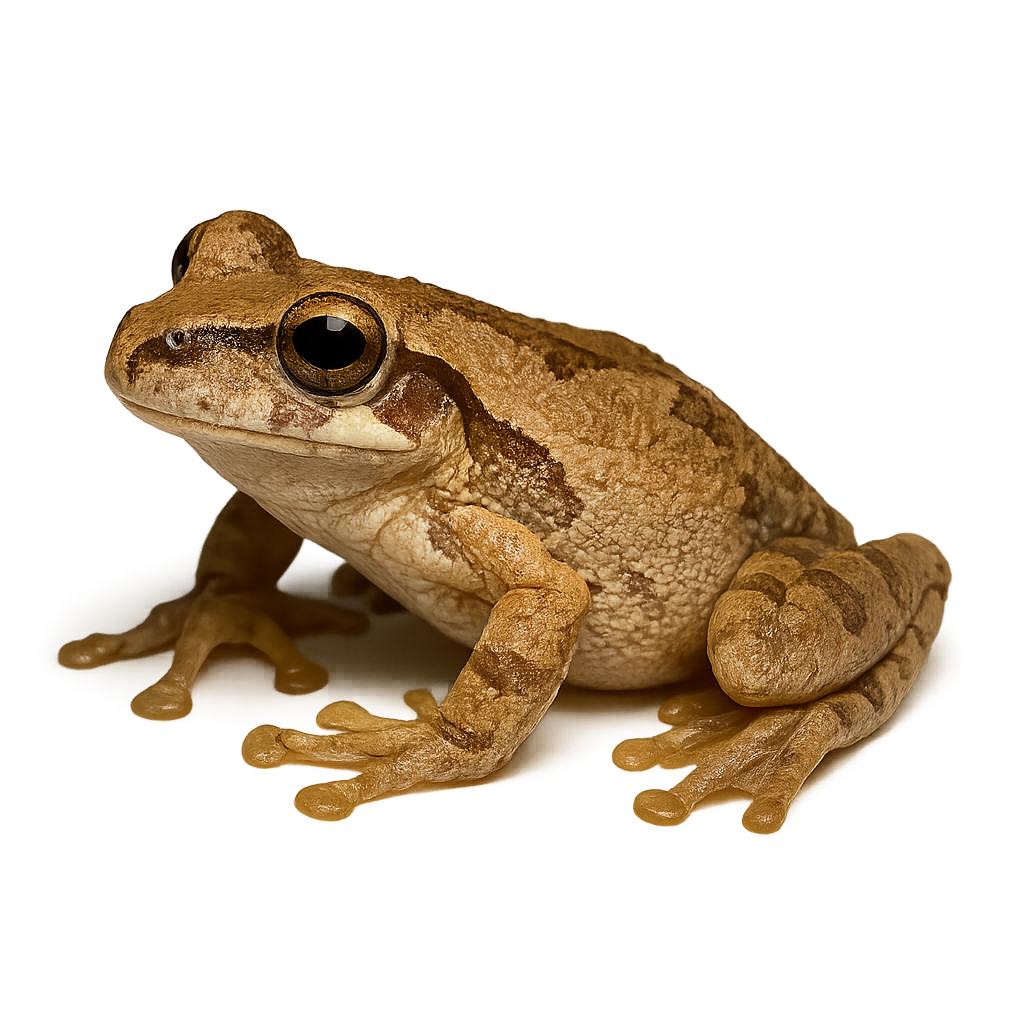Your wildlife photography guide.
Explore the baudin's tree frog in detail, study its behavior, prepare your shots.
Where to observe and photograph the baudin's tree frog in the wild
Learn where and when to spot the baudin's tree frog in the wild, how to identify the species based on distinctive features, and what natural environments it inhabits. The WildlifePhotographer app offers tailored photography tips that reflect the baudin's tree frog’s behavior, helping you capture better wildlife images. Explore the full species profile for key information including description, habitat, active periods, and approach techniques.
Baudin's tree frog
Scientific name: Smilisca baudinii

IUCN Status: Least Concern
Family: HYLIDAE
Group: Amphibians
Sensitivity to human approach: Suspicious
Minimum approach distance: 4 m
Reproduction period: May to June
Incubation: 25-30 jours
Births: May to June
Habitat:
Humid tropical forests, riverbanks, and streams
Activity period :
Mainly active at night, generally discreet during the day.
Identification and description:
Baudin's Tree Frog is a fascinating amphibian species, often found in the humid tropical forests of Central America, primarily in Mexico, Costa Rica, and Guatemala. It is easily recognized by its bright coloration, which ranges from light green to yellow, with distinct patterns on the legs and back. This frog is semi-arboreal, meaning it spends part of its time on trees and bushes, near stagnant waters or streams. It is nocturnal and uses its coloration to blend into its environment when resting. It is also capable of making long leaps to escape predators.
Recommended lens:
Macro – adjust based on distance, desired framing (portrait or habitat), and approach conditions.
Photography tips:
Photograph Baudin's Tree Frog during its nocturnal periods, using soft lighting to highlight its vibrant coloration without disturbing it. Use a macro lens to capture the details of its unique patterns and prominent eyes. Be discreet and make sure to photograph from a respectful distance to avoid disturbing its natural environment. Try to capture its jumping or climbing behavior to showcase its ability to escape predators.
The WildlifePhotographer App is coming soon!
Be the first to explore the best nature spots, track rutting seasons, log your observations, and observe more wildlife.
Already 1 450 wildlife lovers subscribed worldwide

